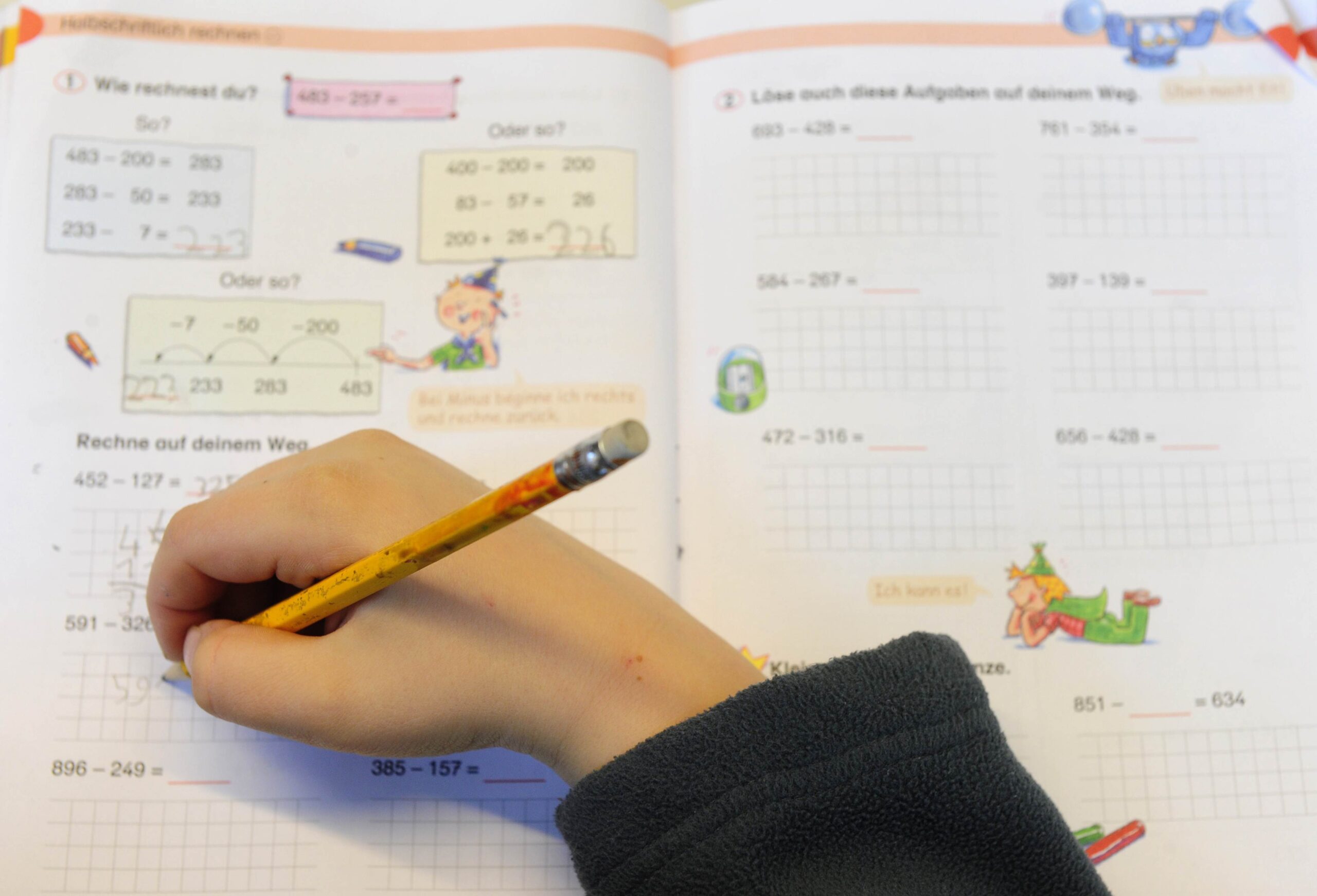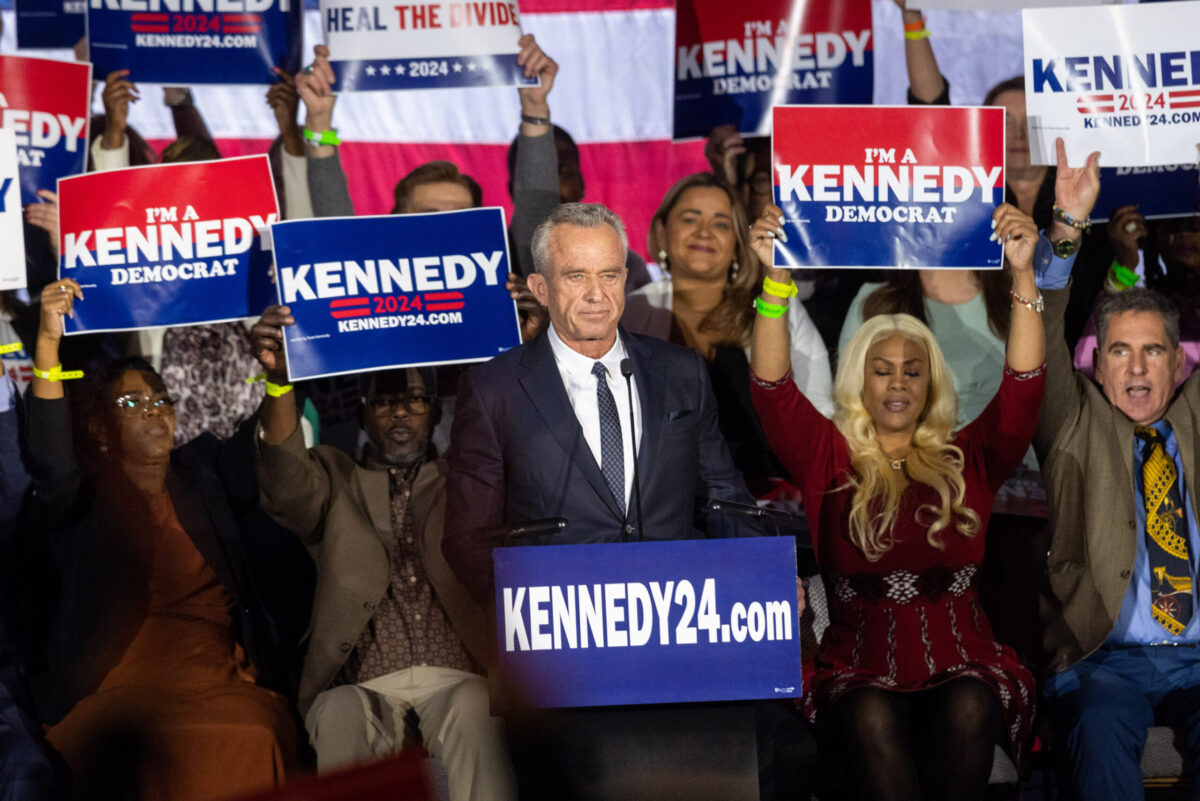U.S. In November, Pending Home Sales fell more than expected
Contracts to buy U.S. previously owned homes fell far more than expected in November, diving for a sixth straight month in the latest indication of the hefty toll the Federal Reserve’s interest rate hikes are taking on the housing market as the central bank seeks to curb inflation.
The National Association of Realtors (NAR) said on Wednesday its Pending Home Sales Index, based on signed contracts, fell 4 percent to 73.9 last month from October’s downwardly revised 77.0. November’s was the lowest reading—aside from the shortlived drop in the early months of the pandemic—since NAR launched the index in 2001.
Reuters polled economists to forecast that contracts would drop by 0.8 percent. These contracts are then converted into sales within a few months. On a year-on, basis, the November Pending Home Sales fell 37.8 percent.
“Pending home sales recorded the second-lowest monthly reading in 20 years as interest rates, which climbed at one of the fastest paces on record this year, drastically cut into the number of contract signings to buy a home,” Lawrence Yun, Chief Economist at NAR, said the following: “Falling home sales and construction have hurt broader economic activity.”
The Northeast saw a 7.9 per cent drop in contract signings, leading to a decline in contract signings in all four regions. On a year-overyear basis, all four regions experienced double-digit decreases, with the West experiencing the biggest drop of 45.7 percent in contract signings.
“The Midwest region—with relatively affordable home prices—has held up better, while the unaffordable West region suffered the largest decline in activity,” Yun said.
After November’s 10th consecutive monthly decline, the overall drop in signed contracts indicated that existing home sales would continue their slide.
The most noticeable effects of Fed interest rates hikes, which are designed to reduce high inflation by undercutting the demand for money, have been on the housing market. economy. By the Fed’s preferred measure, inflation is still running nearly three times its 2 percent goal, having risen earlier in 2022 at its fastest pace in 40 years.
This month the Fed raised rates again by half a percentage point, capping a year that saw its benchmark rate shoot from near zero in March to between 4.25 percent and 4.5 percent now—the swiftest rates have risen since the early 1980s. Fed officials forecast that rates would climb even higher in 2023 and likely surpass 5 percent.
Unlike other parts of the economy—many of which have yet to show a significant impact from the Fed’s actions—the housing market has reacted in near real-time to the jump in borrowing costs engineered by the central bank.
The 30-year fixed rate mortgage rate was surpassed at 7 percent in October 2002 for the first time. It has more than doubled in nine months. This has reshaped an otherwise hot housing market, which was fuelled by historically low borrowing costs. It also prompted a rush to suburbs during coronavirus pandemic.
Data last week showed the combined annual sales rates of new and existing homes through November had slumped by 35 percent since January—among the fastest falls on record—to the slowest since late 2011. Last month saw a drop in single-family housing starts as well as permit issuance to the lowest level in two and a half years.
" Conservative News Daily does not always share or support the views and opinions expressed here; they are just those of the writer."






